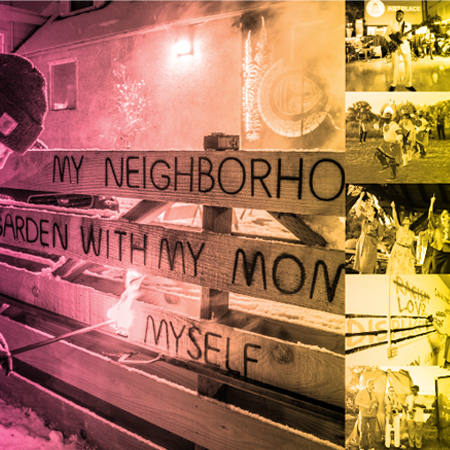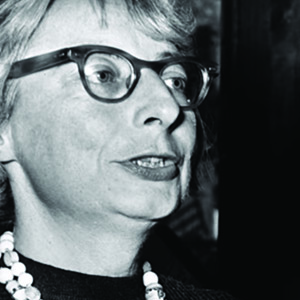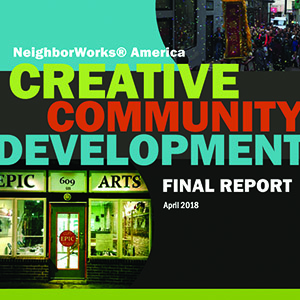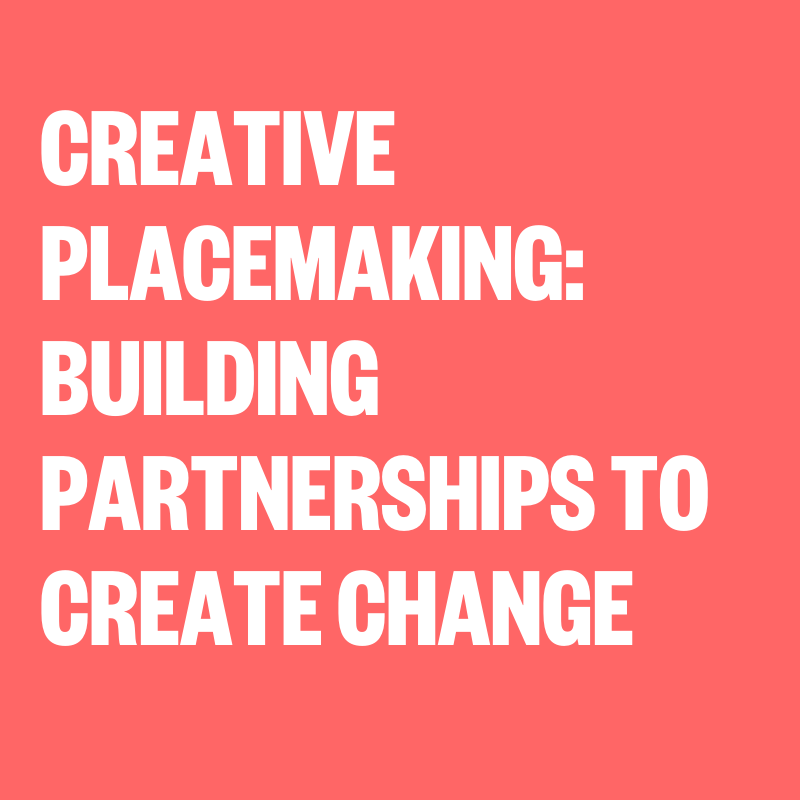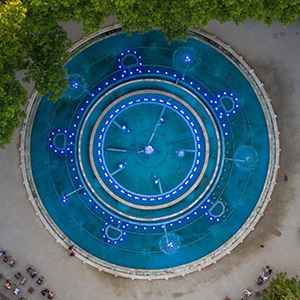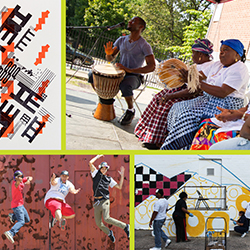CDI RESEARCH AND DOCUMENTATION: AN ACCOUNT OF THE APPROACH FRAMEWORK, AND METHODS
The effort to document and research ArtPlace’s Community Development Investments initiative grew up alongside the program itself, and the analytical approach reflects a balance between conveying the unique features of six distinct experiences and producing lessons of broader relevance to various fields of practice. This essay describes the ways in which the PolicyLink team, in close consultation with ArtPlace America, the grantees of the program, and a number of advisors, created and carried out an approach that was suited to the unique features and dimensions of the initiative.
286
CITIZEN JANE FILM
In 1960, Jane Jacobs’s book The Death and Life of Great American Cities sent shockwaves through the architecture and planning worlds, with its exploration of the consequences of modern planners’ and architects’ reconfiguration of cities. Jacobs was also an activist, who was involved in many fights in mid-century New York, to stop “master builder” Robert Moses from running roughshod over the city. This film retraces the battles for the city as personified by Jacobs and Moses, as urbanization moves to the very front of the global agenda. Many of the clues for formulating solutions to the dizzying array of urban issues can be found in Jacobs’s prescient text, and a close second look at her thinking and writing about cities is very much in order. This film sets out to examine the city of today through the lens of one of its greatest champions.
CREATIVE COMMUNITY DEVELOPMENT REPORT & CASE STUDIES
Over the course of a year, NeighborWorks sought to capture what art, culture and creativity can contribute to creating equitable and engaged communities that offer opportunity to all. Their Creative Community Development report describes the exploration process and findings. The most critical needs that identified in the research included: Insufficient understanding of the value of creativity, cultural expression and artistic practice to community development. Difficulty demonstrating and articulating the impact of creative community development. Struggle to identify arts partners and develop shared expectations and frameworks. The need to avoid gentrification-led displacement and promote inclusion. Failure to secure adequate financial resources.
CREATIVE PLACEMAKING: BUILDING PARTNERSHIPS TO CREATE CHANGE
Arts, artists, and creative strategies can be critical vehicles for planning to achieve social, economic, and community goals. Creative placemaking is one type of arts-led planning that incorporates both stakeholder participation and community goals. Yet, questions exist around who participates in the creative placemaking process and to what end. This study discusses a case where a state-sponsored workshop brings people from diverse backgrounds together to facilitate community development and engagement through creative placemaking. In particular, the event discussed in this study highlights how a one-shot intervention can reshape perceptions of creative placemaking held by planners, non-planners, artists, and non-artists.
CREATIVE PLACEMAKING: SPARKING DEVELOPMENT WITH ARTS AND CULTURE
This publication presents the business case and process for successful creative placemaking as a potent strategy for building healthy, equitable, attractive, and thriving communities. It offers insights about how creative placemaking—leveraging arts and culture—can spark a creative culture in real estate projects, revitalize communities, and boost financial and other return on investment (ROI) measures for developers. It also provides best practices—information gleaned from research gathered from ULI leaders and others—about how to plan, finance, implement, and manage projects. And it offers examples and case studies illustrating successful creative placemaking across diverse project types and in U.S. cities of various sizes, economic conditions, and geographic locations.
CREATIVE TRANSFORMATION: ARTS, CULTURE, AND PUBLIC HOUSING COMMUNITIES
To explore the role of arts and culture in transforming public housing communities, NOCD-NY convened a diverse range of residents for a roundtable in July 2015. Drawing on interviews carried out in the field, Creative Transformation: Arts, Culture and Public Housing Communities was designed to showcase exemplary partnerships that illustrated equitable, long-term approaches, identify barriers and challenges, develop recommendations and discuss how to move them into action, and more.






